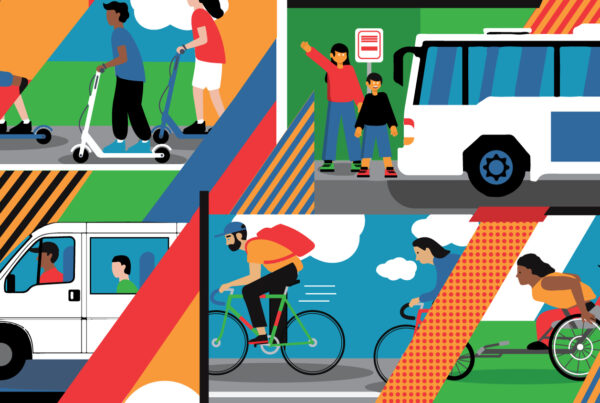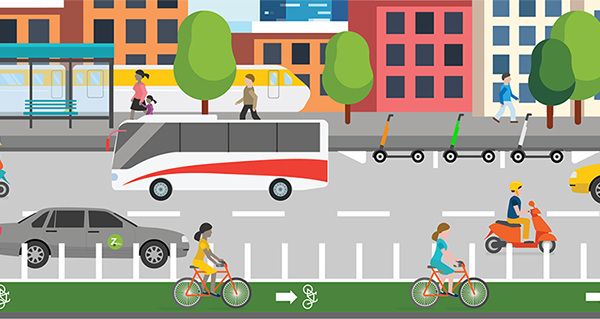By Bobby Magill – Climate Central
In Oklahoma, where modern bike sharing began, they’re called Tulsa Townies. In New York, they’re CitiBikes. In Denver, bike sharing is called B-Cycle. In Washington, D.C., the program is Capital Bikeshare.
These brightly colored bikes and their riders, often seen braving a gauntlet of impatient taxis, city buses and delivery trucks in dense urban areas, are nearly ubiquitous in these cities, granting commuters the freedom to leave their cars behind and get to their destination on their own schedule without having to walk far or take a bus or train.
Though bike sharing in other forms has been around for decades, automated electronic bike sharing systems are a recent invention, and they’re spreading quickly through the country’s biggest cities. New York’s CitiBike program, which began in May 2013, counted 8.7 million riders in its first year.
Several things are nearly certain about these modern bike-sharing programs and the more than 25 others across the country: Since 2007 when the United States’ first program using automated bike rental stations began in Tulsa, nobody has ever died on a bike-share bike, a statistical oddity to be sure.
And, as more than 23 million trips on these bikes have been taken in that time, all of that pedaling has been great for the climate because each mile someone rides on a bike-share bike instead of driving a car means about 1 pound of carbon dioxide is kept out of the atmosphere, said Susan Shaheen, co-director of the Transportation Sustainability Research Center at the University of California-Berkeley.
To read more, click here.


